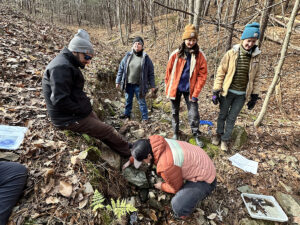News
Specialist on the hunt for Smithfield pollution source
Environmental, Neuse River Watershed, Sound Rivers, Stormwater Issues, Water Quality
Posted on November 7th, 2024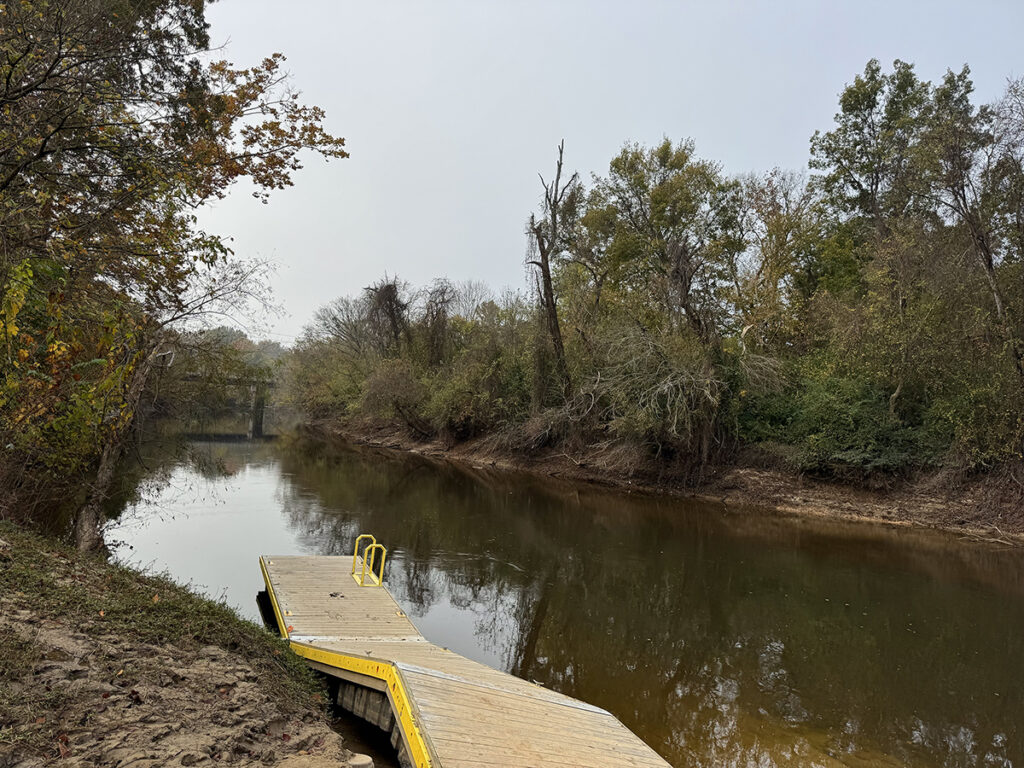
Sound Rivers' Swim Guide site is located just upstream from a problematic stormwater outfall.
Water Quality Specialist Taylor Register was back in Smithfield this week, trying to narrow down the source of what seems to be ongoing pollution in the Neuse River.
A “problem outfall” was discovered by happenstance, when Neuse Riverkeeper Samantha Krop and Program Director Clay Barber were in Smithfield scouting for potential trash trap sites. The smell of sewage alerted them to the stormwater outfall and testing water samples from the location has since consistently shown very high levels of bacteria in water flowing straight into the Neuse River.
Tuesday, Taylor was there to collect water samples because it’s been so dry lately, in an effort to compare results to post-rain conditions to see if there’s an ongoing problem with bacteria regardless of the amount of precipitation.
“There was not a lot of water flowing out of the outfall, which was expected since it hasn’t rained in weeks, but bacteria levels were still off the charts,” Taylor said. “The samples I collected upstream and downstream of the outfall in the Neuse came back pretty clean, however, which tells me that this low volume of contaminated water from the outfall is being diluted once it reaches the river.”
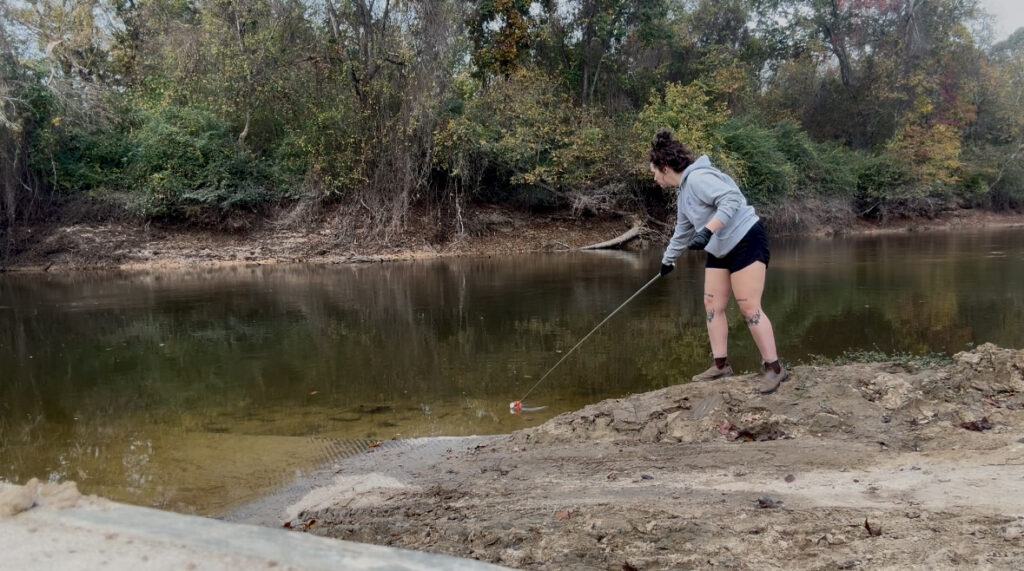
She said that will likely change the next time it rains.
“I imagine we’ll see some pretty serious contamination downstream the next time it rains, so it’ll be really important to go out and sample then so we can prove that this outfall poses a significant threat to water quality in the Neuse,” she said.
Last week, Taylor and Neuse Riverkeeper Samantha met with officials from the North Carolina of Environmental Quality and the Town of Smithfield to talk about the issue.
“The city wasn’t able to identify any sewer issues with dye testing, but that’s not always 100% accurate, so we aren’t ruling that out just yet,” Taylor said. “At this point, we’re going to continue collecting data and doing some research into sewer maps to see if we notice any strong trends that might point us to a source.”
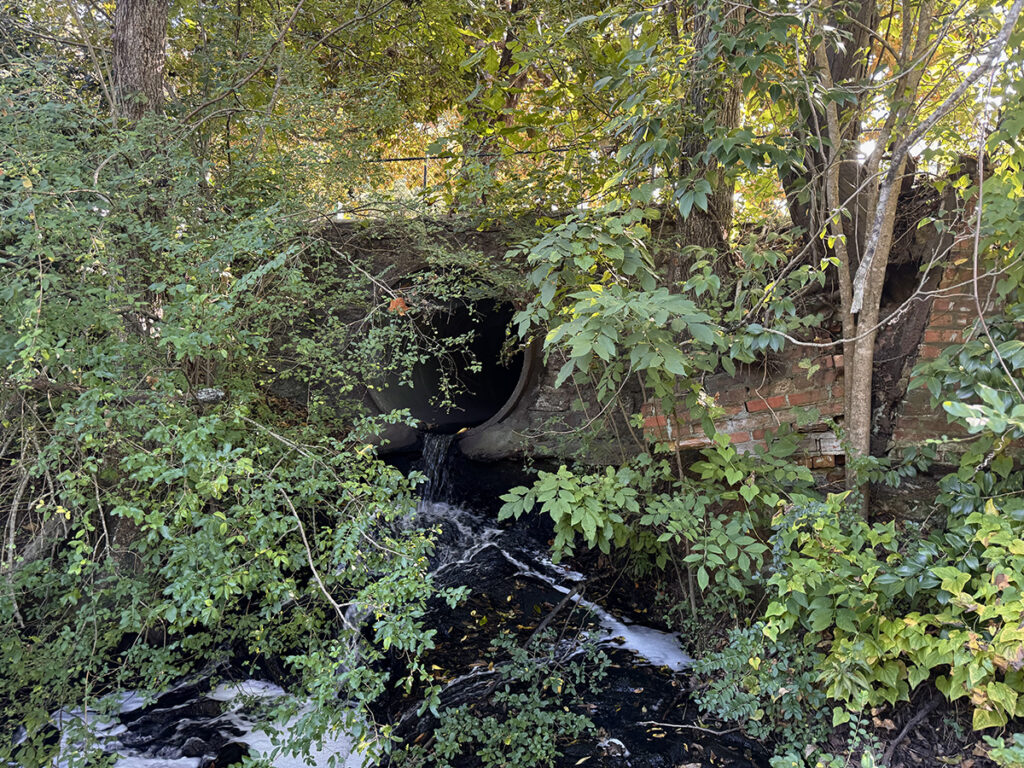
The common thought in Smithfield is that the pollution is coming from a nearby lumber mill. Taylor said DEQ has committed to going out and doing some additional sampling at the lumber mill.
Like the work our Riverkeeping team is doing? So do we! Donate today to support their work!
Related News
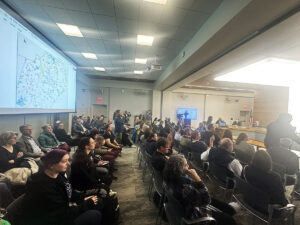
Huge crowd turns out to protect Lake Crabtree park
January 30th 2025
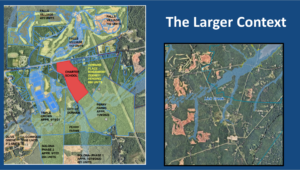
Developers want approval for another Lick Creek development
January 30th 2025
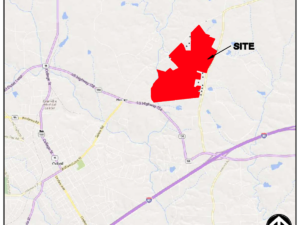
Tip alerts Riverkeepers to proposed Upper Tar development
January 30th 2025
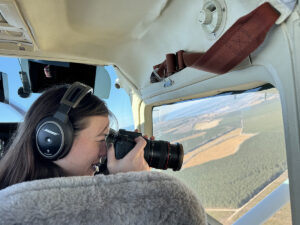
Riverkeeper, specialist take to the air
January 30th 2025
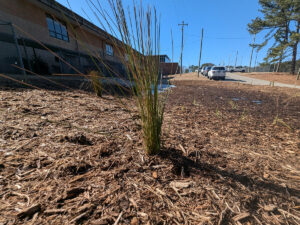
Northern Nash stormwater update
January 30th 2025

Trash traps weather the deep freeze
January 30th 2025

2024 Swim Guide report released
January 16th 2025

Riverkeeper: 3rd Oriental Harbor fuel spill a red flag
January 16th 2025
